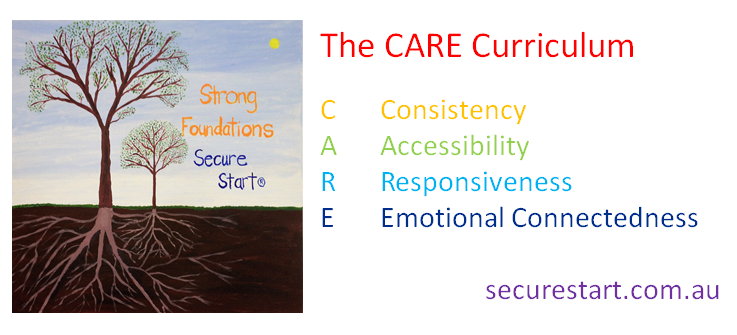
Books:
Pearce, C. A Short Introduction to Attachment and Attachment Disorder (Second Edition). London: Jessica Kingsley, 2016
Pearce, C. A Short Introduction to Promoting Resilience in Children. London: Jessica Kingsley, 2011


Periodical Articles:
Pearce, C.M (2012). Repairing Attachments. BACP Children and Young People, December, 28-32 (Download here)
Pearce, C.M. (2010). An Integration of Theory, Science and Reflective Clinical Practice in the Care and Management of Attachment-Disordered Children – A Triple A Approach. Educational and Child Psychology (Special Issue on Attachment), 27 (3): 73-86 (Download here)
Self-Paced Learning Modules :
Supporting strong developmental outcomes with CARE
Early Trauma: The Infant’s Experience (Expanded)
Self-care for carers of children and young people recovering from a tough start to life
Making decisions about contact with birth parents: The role of Attachment
Resources:
Videos:
Five gentle strategies to handle your child’s defiance
Why does a child in my care destroy their belongings
Why does a child in my care follow me to the bathroom
Why does my child chew their clothes
A simple method for getting a child off to sleep in their own bed
We need to think more broadly than responding to the unmet need
When is a child’s interest in fire something that needs to be taken seriously?
More than a Diagnosis: What you need to know about a child in care diagnosed with ASD and/or ADHD
One piece of advice I would give
Why does my child need unconditional positive regard?
Why does my child react so badly to me saying “no”?
What is Trauma Informed Care? The CARE Curriculum
What are the characteristics of good parenting?
Why contact with birth parents is so important
What do we say to children and young people about why they were taken into care
What does a Therapeutic Care Plan for the classroom look like?
What does a Therapeutic Care Plan look like?
Therapeutic Care is all about your AURA
Responding to the need that gives rise to the behaviour
What is your vision for children and young people who cannot be safely cared for at home?
Children require proactive needs provision after trauma
Therapeutic caregiving involves giving attention proactively
Trauma- and Attachment-Informed Psychotherapy
Avoiding Self-Fulfilling Prophecies
Responding Therapeutically to Behaviours of Concern
Therapeutic Care is an enrichment process
Connection Repairs and Regulates
Selective Attention, Self-Care, and a Child’s Self-Image
Recent Podcast Appearances:
Attachment, Relationships, and Identity
An Interview with Therapeutic Residential and Foster Care
Blog Articles (Accessible via colbypearce.net):
Of most relevance in child welfare:
Achieving best outcomes from care
Removal from family: An enduring sensitivity
Why does my child smile when I am angry?
Why does my child chew their clothes?
Why does my child destroy their belongings?
Why does my child antagonise others and then complain of being bullied?
Why does my child follow me to the bathroom?
Why is my child’s room always messy?
Why is the child I am caring for unsettled after contact with their birth parents?
Why does my child need therapeutic care?
All relationships are important for attachment security
Outcomes in child welfare: What a well-modulated nervous system looks like
What does attachment security look like?
What does trust in accessibility and responsiveness look like?
Children and young people who foster
What does my child’s recovery from early trauma look like?
Wider relevance:
A tale of four mice: An attachment story
Lessons about learning: Some truths about behaviour management
A simple method for getting children off to sleep
Relationships regulate and repair
Five strategies for addressing issues of compliance with children
Use your words: Supporting expressive language development and use
Tantrums: Eight management strategies to keep in mind
Your child’s CARE requirements through the years
Therapy:
The aqua balloon: An allegory about growth and love from the psychology consulting room
Option of last report: Providing therapy to deeply troubled children
You are not my parent! How do I respond?
How long does it take for therapeutic care strategies to work?
Practice:
What is the distinctive atmosphere or quality that you project in your role?
Practice alignment: How important is it in child welfare?
What I would have birth parents hear after the removal of their child?
Program Videos:
